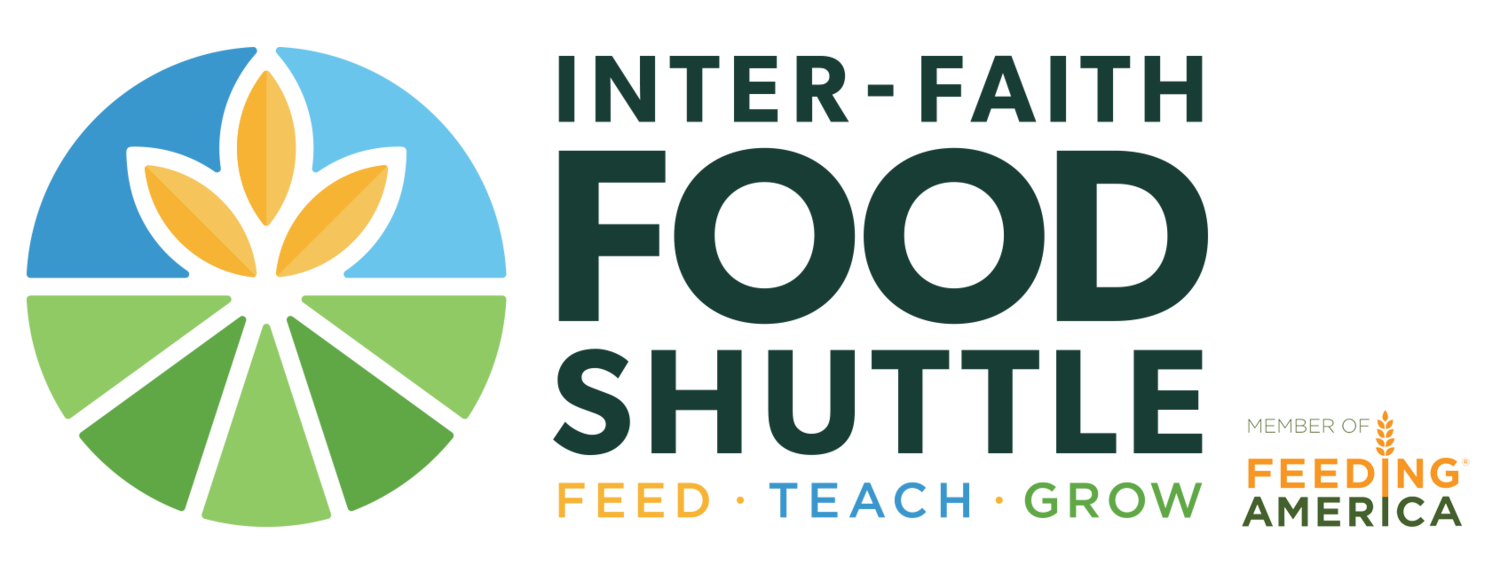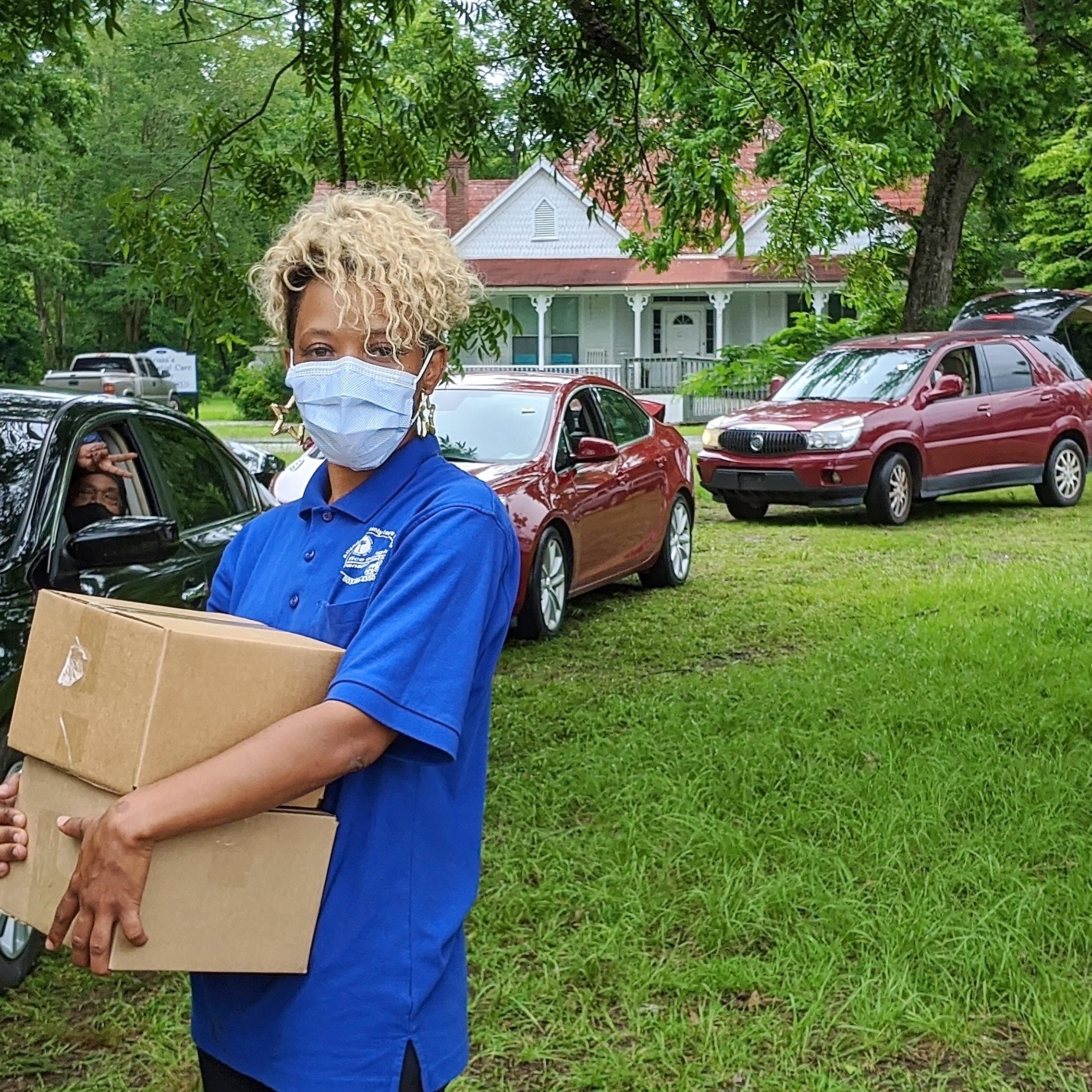Quick facts
Hunger by County in NC 2021 Map the Meal Gap — Feeding America
In 2021, over 1.5 million North Carolina households don't have enough to eat.
North Carolina is the 10th hungriest state in the nation.
1 in 5 children in North Carolina faces hunger on a regular basis.
Due to structural racism, Black and Latinx households are at an increased risk of facing food insecurity.
Myths and Realities of Hunger
Myth: Hunger doesn’t exist near me.
Hunger exists in every county in the United States—including yours.
Rates of hunger in North Carolina are much higher than the national average.
Myth: It couldn’t happen to me.
Many of our visitors never thought they’d be standing in line at a food bank. All it takes is:
One job loss in a bad economy
One health crisis that makes it impossible to work
One car accident that drains the bank account
No one is immune to hunger.
Myth: There’s not enough food for everyone.
40% of food in the U.S. goes to waste, equal to $165 billion per year
This is more than enough to feed every hungry person in the country
Food is not scarce—it just isn’t getting to the people who need it the most
Myth: Hungry people can just get food stamps.
In NC, 28% of food insecure people do not qualify for SNAP benefits because they fall above the poverty threshold
Supplemental Nutrition Assistance Program (SNAP) benefits are not always enough—the average SNAP benefits are $126 per month, which is $1.40 per meal
Myth: The solution to hunger is handing out food.
Emergency hunger relief is crucial, but solving hunger requires tackling the problem at its roots
We’re committed to solving hunger by supporting our local food economy, advocating for food justice, providing job training and placement opportunities, providing community health education, and more
Impacts of Hunger
Health
Food insecurity significantly increases the risk of developing chronic diseases such as obesity, heart disease, Type 2 diabetes, and high blood pressure. It also leads to poorer mental health.
Children are especially vulnerable because they’re still developing—they are more likely to be hospitalized and they face higher risks of health conditions like anemia and asthma.
Education
Children are better equipped to learn when they have the nutrition they need—and food insecurity harms chances of graduating high school.
Hunger increases the chances of developmental impairments in areas such as language, motor skills, and behavior.
Economy
SNAP serves as the first line of defense against hunger for millions of Americans. USDA research shows that each $5 of SNAP benefits generates nearly twice that in economic activity.
On average, SNAP benefits kept 298,000 North Carolinians—including 130,000 children—out of poverty per year from 2013 to 2017.
Much of the economic activity from SNAP goes towards local grocery stores and food retailers.
Hunger costs the U.S. economy at least $160 billion each year.
Solutions to End Hunger & Poverty
Advocacy
It is critical that our policymakers ensure the effectiveness of North Carolina's hunger relief programs. What we know works:
SNAP is one of the most direct ways to fight food insecurity—the amount of benefits should be increased and eligibility should be expanded.
Other nutrition assistance programs such as WIC and the National School Lunch Program play a key role, as well.
Food banks and healthy retail options in food deserts play a critical role in providing food to people in need.
For children, school-based initiatives such as the Breakfast in the Classroom and the Community Eligibility Program are effective for addressing hunger.
Who is Hungry in North Carolina?
Children
Children are our most vulnerable citizens and in North Carolina, almost 1 in 5 children are at risk of hunger.
In our 7 county area alone, over 117,000 children applied to receive free and reduced-price lunch. That's almost 53% of school-aged children in these public school systems.
Almost 18% of all children in our seven-county service area face the threat of hunger.
Good nutrition is critical in the first years of life, and childhood food insecurity can lead to developmental, health and behavioral problems, as well as make it more difficult to concentrate and do well in school.
Learn more: NoKidHungry
families
Imagine a single mother who works full time for $8/hour, a little more than minimum wage. She makes about $1,386 per month—for food, rent, clothes, child care, and medical care. But at just ABOVE the federal poverty level, she makes too much to qualify for food assistance. Could you make the budget work?
Ultimately, the root cause of hunger lies in poverty. The pandemic and its economic tragedies have exacerbated this issue even further.
Pre-pandemic, the overall poverty rates by county in 2019:
Wake: 8.0%
Durham: 14.0%
Orange: 13.4%
Chatham: 8.7%
Johnston: 12.5%
Nash: 16.4%
Edgecombe: 21.0%
The federal poverty level is $12,490 for a household of one, or $25,750 for a household of four.
Seniors
North Carolina is one of the 10 worst states for senior hunger with 9% of our seniors struggling with hunger.
Almost 32% of seniors in North Carolina live in or near poverty.
Nationally, 1 in 6 older adults face the threat of hunger
33% of older adults admitted to the hospital may be malnourished
Malnutrition can increase healthcare costs by 300%
Hungry older adults face many challenges such as financial constraints, poor health, mobility limitations, lack of adequate transportation, cognitive limitations and cultural preferences. The nation's senior population is expected to double by 2050, so the time to take action on senior hunger is now.
Learn more: Hunger in Older Adults, Meals on Wheels and AARP


















